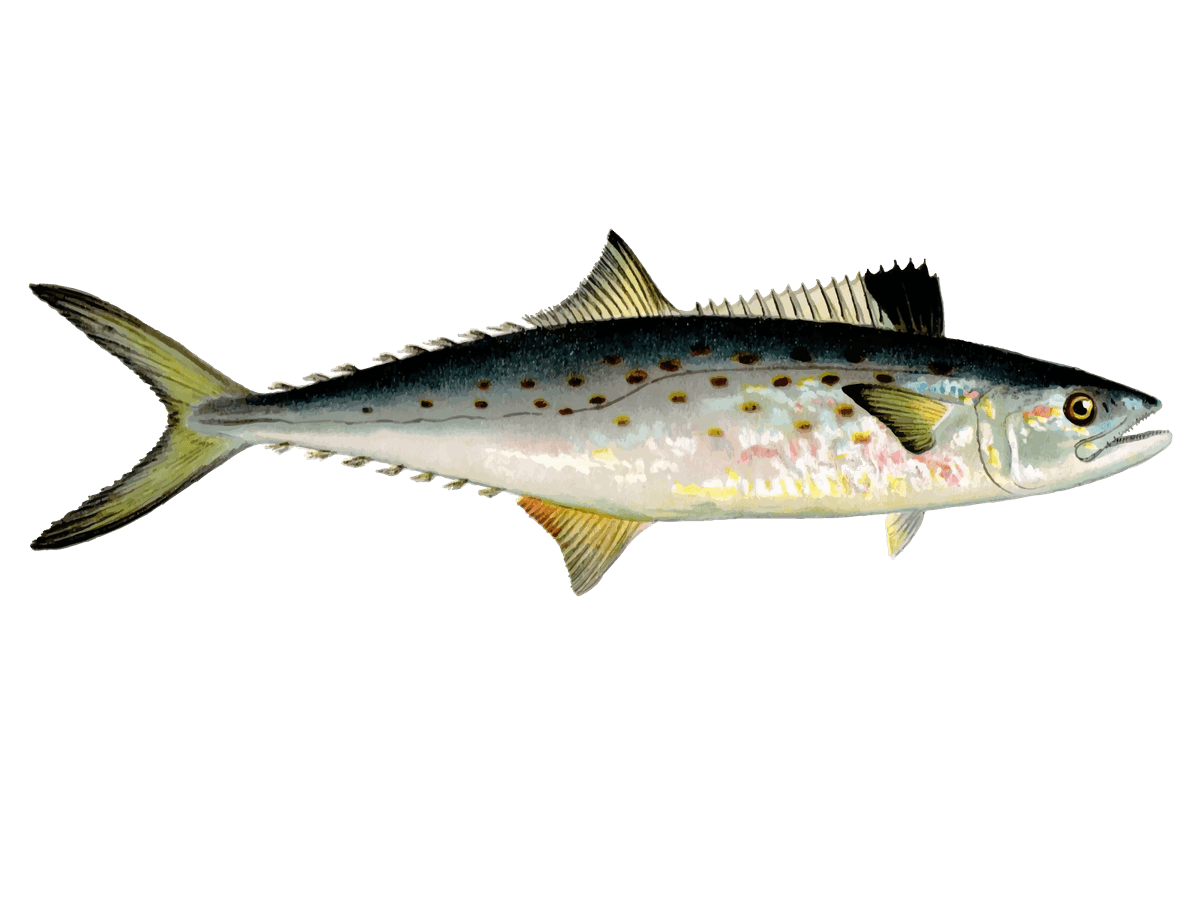Destin's Premier Inshore Charter | 6-7 Hour Trip
- Published Date: July 18, 2025
- Fishing
- Destin
- $650 - $1,500 price range
- Updated Date: August 28, 2025
Summary
%2F%2Fusers%2F9040b859-ba6d-43dc-8b32-8185af72d4c8%2Fratecard%2F280724070_344442827870707_7720217460169494289_n.jpg&w=1200&q=75)
Rods, Reels, and Catches
Reel in the Big Ones: Shalimar's Offshore Adventure
Get ready to chase some serious fish on this offshore trip out of Shalimar, Florida. We're talking Amberjack, Mackerel, and more just waiting to test your skills. But it's not all about the catch - we'll cruise the waters, chill at Crab Island, and make sure you have a blast whether you're a seasoned pro or it's your first time holding a rod. Our federally-permitted waters are teeming with trophy fish, so let's get out there and see what's biting!
What to Expect on the Water
Hop aboard our well-equipped vessel for a day of offshore action. We'll head out to the rich fishing grounds where the big boys play. You'll have a shot at landing Amberjack, Mackerels, Groupers, Triggerfish, Cobia, and even Mahi Mahi. Don't worry if you're new to this - our experienced captain will show you the ropes and make sure you're set up for success. We've got room for up to 5 guests, so bring your crew and let's make some memories. Just remember to pack your own grub, as meals aren't included on this trip.
Fishing Techniques & Gear
We'll be using a mix of techniques to target our offshore species. Expect to do some bottom fishing for those hard-fighting Amberjack and Grouper. We'll also troll for Mackerel and maybe even some Mahi Mahi if they're around. The captain will have all the gear you need - sturdy rods, quality reels, and the right bait to entice those big bites. You might be dropping live bait to the depths or working a jig - whatever it takes to get those fish fired up. It's all about reading the water and adjusting our tactics to what's working on the day.
Customer Stories
"My family definitely had the best time with Captain Tanner!! This was an experience they will never forget. He is very knowledgeable and was great helping my 12 yr old. Definitely recommend!" - Tracy
Species You'll Want to Hook
Red Snapper: These crimson beauties are a favorite among anglers and diners alike. Known for their firm, white flesh and mild flavor, Red Snapper put up a good fight and can grow to impressive sizes. They're typically found near reefs and underwater structures. The best time to target them is during the summer months when the season is open. Anglers love the challenge of pulling these fish up from the depths, and the reward of a delicious meal afterward.
Spanish Mackerel: Fast and ferocious, Spanish Mackerel are a blast to catch. These streamlined predators are known for their blistering runs and acrobatic leaps when hooked. They're usually found in schools, so when you find them, the action can be non-stop. Spring and fall are prime times for Spanish Mackerel as they migrate along the coast. Trolling with small lures or live bait is the ticket to success with these speedsters.
King Mackerel: Also known as Kingfish, these larger cousins of the Spanish Mackerel are prized for their size and fighting ability. Kings can grow over 5 feet long and put on incredible displays of power when hooked. They're typically targeted by trolling with live bait or large lures. Summer and early fall are the best times to chase Kings, as they follow bait schools into our waters. Landing a big King is always a highlight of any offshore trip.
Grey Triggerfish: Don't let their small size fool you - Triggerfish are tough customers. These oddly-shaped fish have powerful jaws and put up a surprisingly strong fight for their size. They're found around reefs and structures, often in the same areas as Snapper and Grouper. Triggerfish are known for their sweet, firm meat, making them a favorite for the dinner table. They can be tricky to hook, but once you get the hang of it, you'll be bringing them in left and right.
Greater Amberjack: If you're looking for a real workout, Amberjack are your fish. These bruisers are often called "reef donkeys" for their stubborn, powerful fights. They can grow over 100 pounds and will test both your tackle and your stamina. Amberjack hang around deep reefs and wrecks, and we typically target them with heavy jigs or live bait. The spring and fall are great times to tangle with these powerhouses. Landing a big AJ is a true accomplishment for any angler.
Time to Book Your Spot
So there you have it, folks - a day on the water that's got something for everyone. Whether you're itching to battle a big Amberjack, fill the cooler with tasty Snapper, or just enjoy a day cruising the beautiful waters off Shalimar, we've got you covered. Our experienced captain knows these waters like the back of his hand and is ready to put you on the fish. Don't miss out on the chance to create some lasting memories and maybe even catch the fish of a lifetime. Spots fill up fast, especially during peak seasons, so why wait? Grab your sunscreen, round up your crew, and let's get out there and see what's biting. Book your trip now and get ready for a day of offshore adventure you won't soon forget!
Customer Review
Unforgettable Voyage

Tracy Kellner
June 15, 2023
Learn more about the species
Greater Amberjack
Greater Amberjack, or "AJs," are bruisers of the reef. These powerhouses can hit 6 feet and 100+ pounds, though 30-50 pounders are more common. Look for them around deep wrecks, reefs, and oil rigs in 60-300 feet of water. Spring and fall are prime seasons. Anglers target AJs for their sheer strength - they're like underwater freight trains when hooked. The fight is intense, often leaving even seasoned fishermen worn out. To catch one, drop big live baits like blue runners or use heavy metal jigs. Here's a local trick: when jigging, let it fall on a slack line. AJs often hit on the drop, so be ready. And hang on tight when they do - these fish will test your gear and your arms. Just remember, the bigger ones can carry ciguatera toxin, so we usually release the giants.

Grey Triggerfish
Grey Triggerfish are tough little characters with a lot of personality. They typically run 1-2 feet long and weigh 2-10 pounds. You'll find 'em around reefs and wrecks, usually in 60-300 feet of water. These fish are known for their hard, leathery skin and powerful jaws that can crunch through shellfish. They're most active in warmer months. Anglers love targeting triggers because they're a challenge to catch and taste great. They're notorious bait stealers, so you've got to be quick on the draw. For bait, squid works well - it's tough and stays on the hook. Here's a pro tip: when you feel a bite, don't jerk the rod. Instead, quickly reel down to the fish. Their mouths are small and tough, so a steady pressure is better than a hard hookset. And once you hook one, crank fast - they'll dive for cover if you give 'em a chance.

King Mackerel
King Mackerel, or "Kings," are the big cousins of Spanish Mackerel. These guys can grow over 5 feet and hit 30-40 pounds, with some monsters topping 90. You'll find them in open water, usually 40-150 feet deep, but big ones sometimes cruise in shallower. Late spring through fall is prime time. Kings are speed demons - they'll smoke your reel and make incredible runs. That's why anglers love 'em. They're also good eating, but watch out for mercury in the big ones. To catch Kings, try slow-trolling live bait like blue runners or menhaden. Here's a local secret: use a stinger rig. Kings often short-strike, so a second hook trailing behind your bait will nail those tail-biters. And when one hits, let it run for a few seconds before setting the hook. That'll help you land more of these high-jumping acrobats.

Red Snapper
Red Snapper's a real trophy around here. These beauties can grow up to 3 feet and pack some serious weight, often 10-35 pounds. You'll find 'em hanging out near reefs, wrecks, and rocky bottoms, usually 30 to 620 feet deep in the Gulf. They're not called red for nothing - adults have a vibrant red color that'll catch your eye. Spring and fall are prime seasons, but summer can be hot too. Folks love targeting these fish 'cause they put up a good fight and taste fantastic. Just remember, they're smart - use heavy weights to get your bait down fast. I like to use cigar minnows or squid, but live pinfish can land you the big ones. Here's a local tip: when you feel that first bite, don't set the hook right away. Let 'em take it and run a bit. Count to three, then reel hard. That'll help you hook 'em good and avoid losing the big ones.

Spanish Mackerel
Spanish Mackerel are fast, fun, and tasty. These streamlined speedsters usually run 1-2 feet long and weigh 2-4 pounds. Look for 'em in schools near the surface, often in coastal waters less than 100 feet deep. They love structures like jetties, piers, and offshore reefs. Spring and fall are your best bets, when they're migrating. These fish are a blast to catch - they hit hard and make blistering runs. Plus, they're delicious on the grill. To hook one, try trolling with small spoons or jigs. Match the hatch with lures that look like their favorite prey: sardines, menhaden, or anchovies. Here's a trick: if you see birds diving, that's often a sign Spanish Mackerel are feeding below. Motor upwind of the action, cut the engine, and drift into the school while casting. You'll have a much better shot at not spooking them.

About the ProKat
%2F%2Fusers%2F9040b859-ba6d-43dc-8b32-8185af72d4c8%2Fboat_picture%2Fprokat.jpg&w=1200&q=75)
Vehicle Guest Capacity: 5
Manufacturer Name: Yamaha
Maximum Cruising Speed: 40
Number of Engines: 2
Horsepower per Engine: 200
%2Ffit-in%2F250x250%2Fguide_websites%2F5825%2Fimages%2Fimageedit_1_3104744471.png&w=1200&q=100)


%2Fusers%2F9040b859-ba6d-43dc-8b32-8185af72d4c8%2Fimages%2Fsolo-fishing-shalimar-2408.jpg&w=768&q=75)
%2Fusers%2F9040b859-ba6d-43dc-8b32-8185af72d4c8%2Fimages%2Fexcellent-fishing-florida-2330.jpg&w=768&q=75)
%2Fusers%2F9040b859-ba6d-43dc-8b32-8185af72d4c8%2Fimages%2Fgrey-triggerfish-florida-fishing-2445.jpg&w=768&q=75)
%2Fusers%2F9040b859-ba6d-43dc-8b32-8185af72d4c8%2Fimages%2Fgag-grouper-shalimar-fishing-2415.jpg&w=768&q=75)
%2Fusers%2F9040b859-ba6d-43dc-8b32-8185af72d4c8%2Fimages%2Fsouthern-black-bream-fishing-fl-2731.jpg&w=768&q=75)
%2Fusers%2F9040b859-ba6d-43dc-8b32-8185af72d4c8%2Fimages%2Fdesrev1.jpg&w=768&q=75)
%2Fusers%2F9040b859-ba6d-43dc-8b32-8185af72d4c8%2Fimages%2Fshalimar-angler-best-day-2271.webp&w=768&q=75)
%2Fusers%2F9040b859-ba6d-43dc-8b32-8185af72d4c8%2Fimages%2Fgrey-triggerfish-caught-fishing-fl-2530.webp&w=768&q=75)
%2Fusers%2F9040b859-ba6d-43dc-8b32-8185af72d4c8%2Fimages%2Fshalimar-sheepshead-catch-2363.webp&w=768&q=75)
%2Fusers%2F9040b859-ba6d-43dc-8b32-8185af72d4c8%2Fimages%2Fanglers-land-impressive-catch-florida-2360.webp&w=768&q=75)

My family definitely had the best time with Captain Tanner!! This was an experience they will never forget. He is very knowledgeable and was great helping my 12 yr old. Definitely recommend!